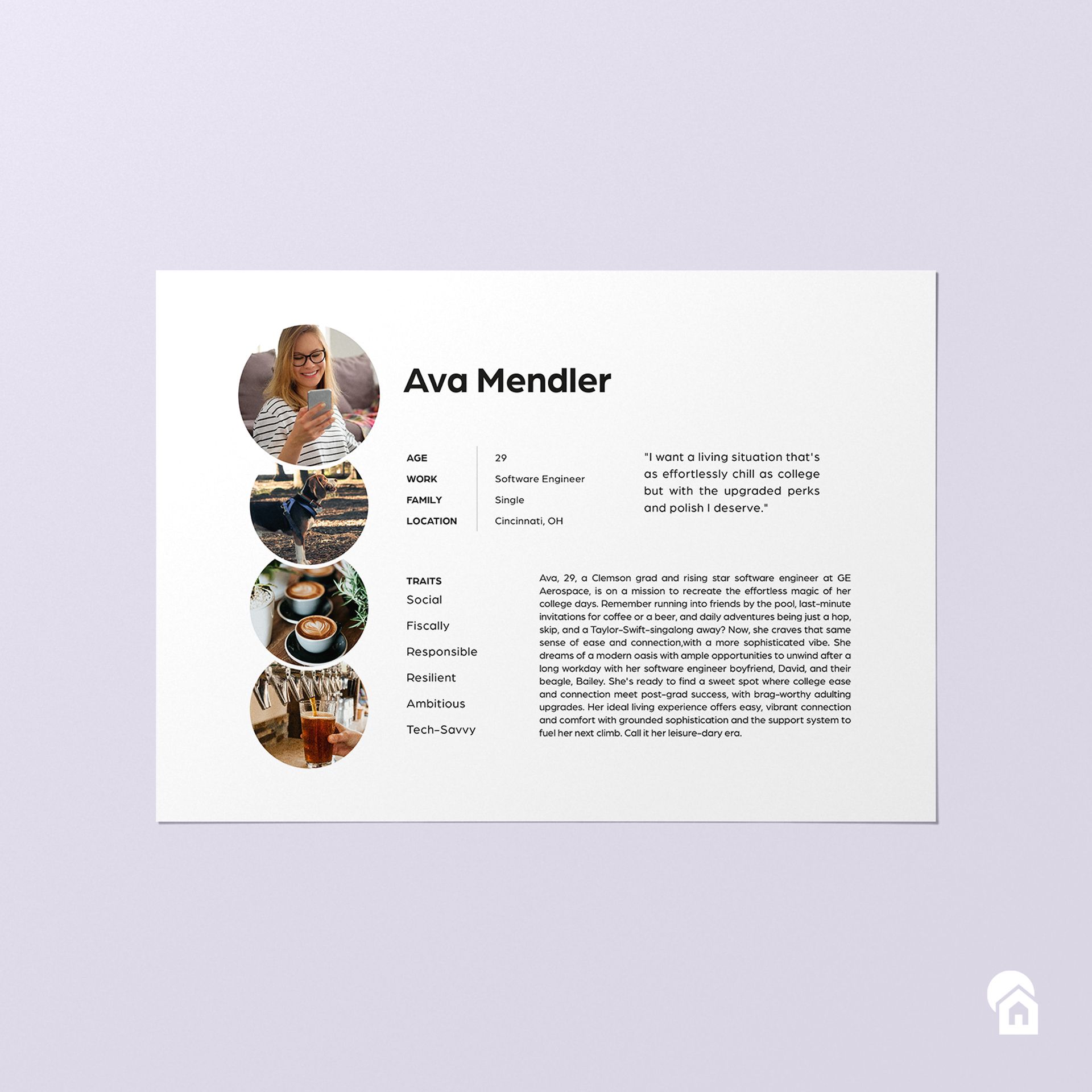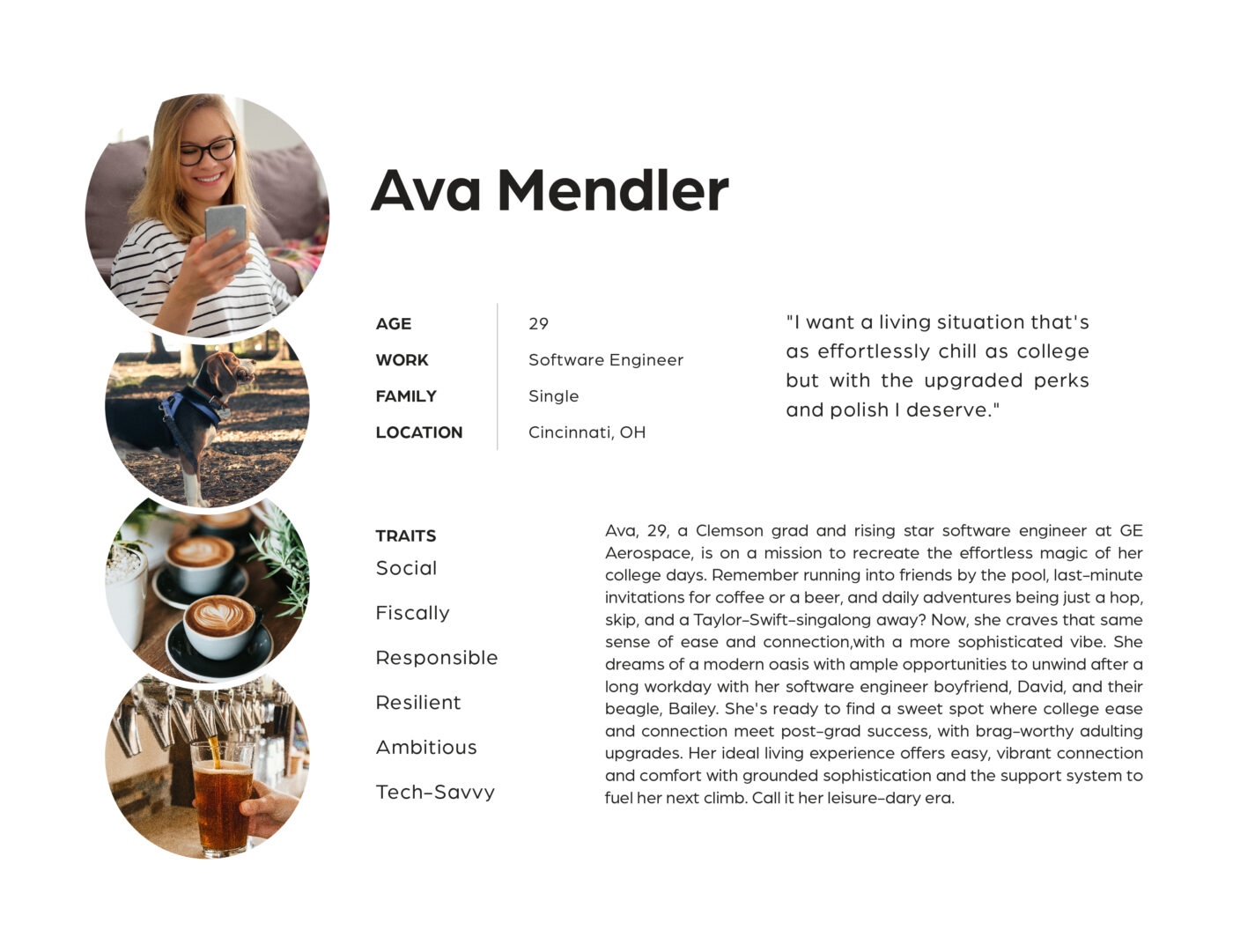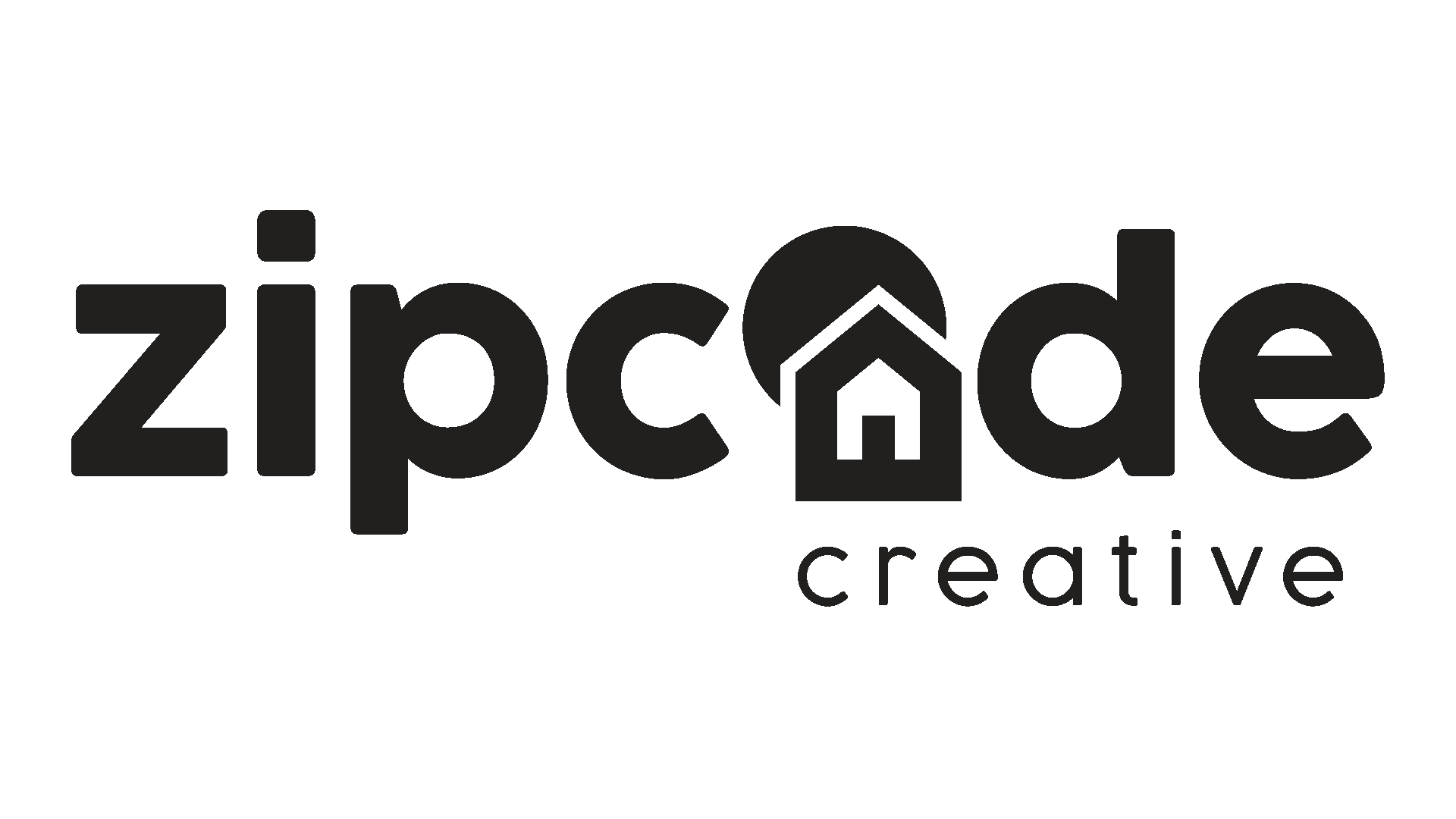
Multifamily Customer Persona or the Ideal Resident Profile (IRP)
Stacey Feeney
One of the best rules for business: know the customer before marketing the product. Likewise for multifamily communities, you must know your multifamily customer persona. (But we like to call it the Ideal Resident Profile (IRP) in multifamily.)
When you have enough information about who you most want to reach—you can capture their attention, resonate with the audience you need, build a relationship, and retain your current residents through trust and loyalty. Plus: providing what they most want and need is the key to building up your business through brand development and targeted marketing.
What is a Customer Persona or IRP?
DEFINITION
A multifamily customer persona or IRP is a persona or profile of an individual that’s likely to use a specific business. For the multifamily industry, this is an individual who is likely to live in that specific community.
IRP FOR MULTIFAMILY
By taking real data from research, companies create a somewhat fictional profile of a likely customer for their apartment community. In multifamily, this is the IRP—the ideal resident profile. It’s the kind of resident that is most likely to live in your community. Using information based on survey data to inform demographics, as well as psychographic and behavioral tendencies, the full picture of the IRP is formed with details drawn from various sources.
The Research Part of IRPs
All this talk about learning and discovery, and no details—until now. What kind of research is required to create an IRP for apartment communities? Plenty: demographic, geographic, psychographic, and behavioral.
DEMOGRAPHIC
This is generally the most basic info for an area. It includes:
- Age
- Gender
- Income
- Occupation
- Education level
- Family status
There’s more, of course, but each of these items helps you get a clearer picture of your ideal resident. You can understand what they might be willing to spend on rent. You can figure out how many bedrooms they may need. Demographics are the first step in creating a multifamily customer persona series.
GEOGRAPHIC
Next up: geographics. Geographic research tells you things like:
- Location preferences
- Proximity to workplaces, schools, and neighborhood amenities
- Homeownership Rate
Knowing housing information related to geography can help you create another aspect of your IRP. For example, if you see homeownership rates falling in the area, there may be a shift to a bigger market share, with more people seeking communities over single-family homes.
PSYCHOGRAPHIC
Think about where your residents may work. What their hobbies are. Their favorite brands and biggest interests. Generally, look at:
- Lifestyle
- Values
- Interests
- Attitudes
- Personality
Each of these bits and pieces get you one step closer to understanding their motivations and habits. Are they laid back? Do they like cardio? Do they love plants more than animals? Be the brand that they identify with.
BEHAVIORAL
Buyer behavior is the final missing piece. Knowing their:
- Online behavior (meet them where they are)
- Renting habits (how long do they stay in one place?)
- Decision-making processes (snap decisions or pro/con list?)
Looking at their behavior patterns can help you predict what they’ll do next. Plus, it can help you identify their likely needs and preferences so you can be on the list of solutions they’ll seek out.
ADD LOCATION AND COMPETITOR RESEARCH
All the nuances come to light when you start looking carefully at the location and the competition.
Location Research and Analysis: What is the neighborhood like? Analyze the local market and figure out if public transit is nearby, if local amenities are sufficient, and if the dynamics of the neighborhood are desirable.
Competitor Research and Analysis: Is the competition fierce? Are they all A-class and you’re a B-class? How is your community different? This can help you create your differentiation early on. Look at gaps in service and possible opportunities for you to step in and nab a market share they can’t capture.

Know Your IRP for Brand Development and Marketing
After you know your audience, you can craft your brand strategy and marketing messaging to reach them. Your whole marketing plan can be built around these preferences and behaviors.
BRAND ALIGNMENT
A well-defined IRP makes for clear guidance in brand messaging (and full alignment throughout your brand identity). Because determining the IRP is part of the research and discovery phase of brand strategy and creation of brand guidelines, it’s the ideal building block. Knowing what your future audience loves, wants, needs, along with their personalities, hobbies, and habits can help you hone your messaging and make your brand into something that will resonate with them.
For example, knowing where prospective residents are hanging out and what their hobbies are can help focus marketing and advertising budgets—meet them where they are. It can also help create messaging that will resonate with them.
MARKETING EFFICIENCY
Brand guidelines are built on best practices and market research—of the IRP. Making marketing more efficient is a case of targeting the right audience. Forget “spray and pray”. Plan and aim. Plus, this also means that your advertising and marketing budget can go a little further because campaigns are focused and aligned with your IRP.
IRP Must-Haves
The key components of an IRP for a community should include conclusive details based on the research:
Demographics: Age, gender, income (and more, as detailed as you’d like)
Geographic information: Preferred locations, commuting patterns
Psychographic profile: Lifestyle, values, interests
Behavioral insights: Renting habits, online behavior, buying behavior
Multifamily communities rely on reaching residents. You can’t reach them if you don’t resonate with them. And you can’t create a brand message and marketing strategy for a specific demographic that works if you don’t put in the work ahead of time.
Do the research, create a detailed IRP, and search for experts if you need guidance on your research, analysis, and the branding that comes after it.


